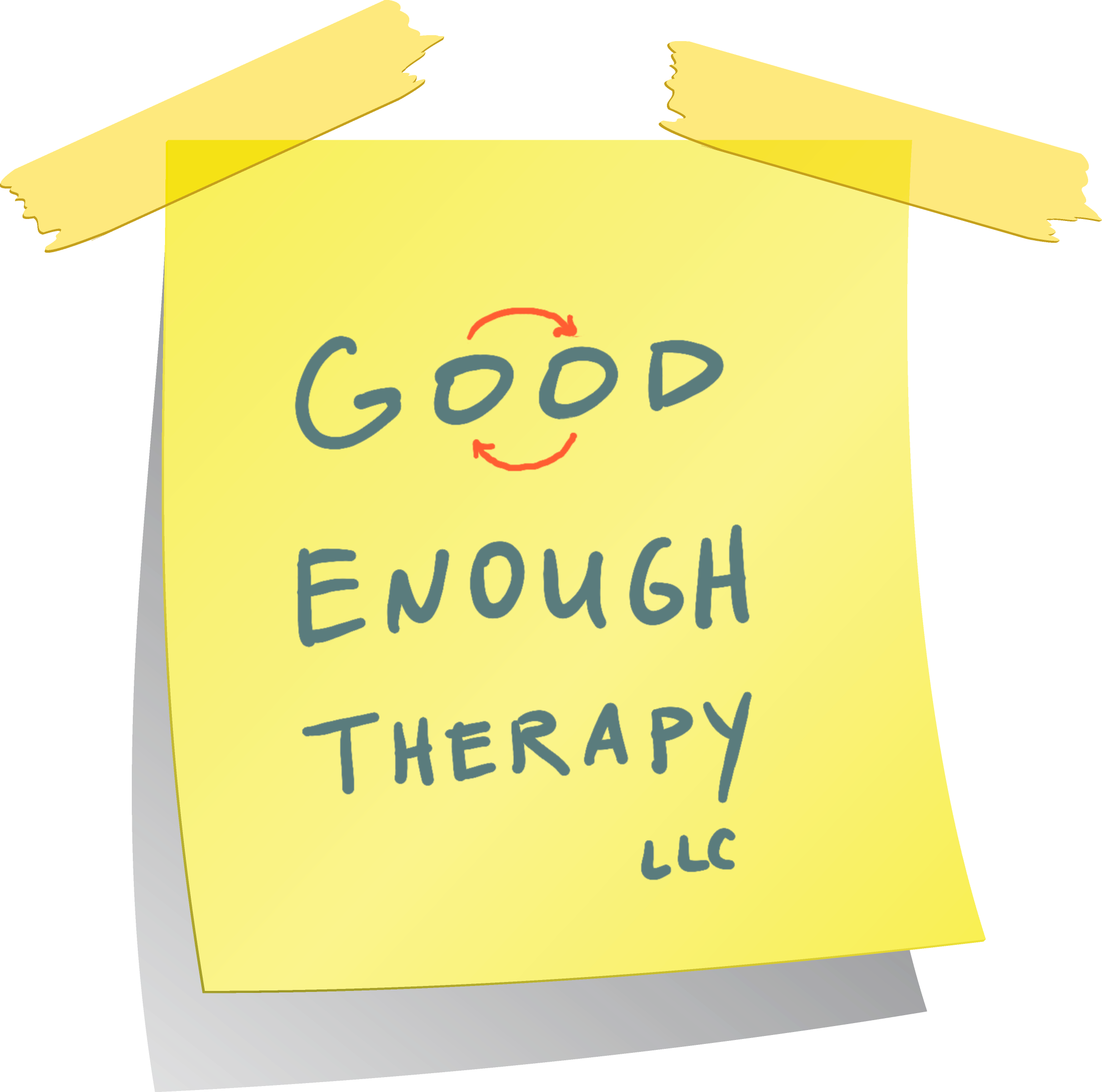How I Work
Therapy, at its core, is about change – you, not the world, because while therapists can (and often should) intervene at different levels, we’re often most effective with the person right in front of us. This also means that therapy’s not about navel-gazing (e.g., asking endless “why” questions that much research suggests aren’t essential to change)…nor is it “friendship for hire”…nor is its purpose to affirm your victimhood and absolve you of having to take responsibility for your life.
Real change acknowledges that we are all complex people, with different histories, motivations, aspirations, and perspectives. As such, I don’t subscribe to or do a single model of therapy, because, to me at least, all models are simply metaphors of some deeper process of change. So what do I do with you in the therapy room? I first and foremost seek to get to know you and what makes you tick, as well as what your ideas about change and how it happens. Starting from that place, I can then work flexibly from among different approaches that seem like they’ll provide the best fit to your unique way of being in the world. I’ll encourage you to use this form to get us started in figuring out what you might respond to best.
Understandably so, I do have my favorites and defaults – systemic and brief perspectives that highlight the role of how we get stuck in feedback loops and the importance of relationships and context; “third-wave” cognitive-behavioral approaches (e.g., Acceptance and Commitment Therapy, Integrative Behavioral Couples Therapy) that emphasize acceptance and mindful awareness; and experiential perspectives that privilege the body’s role in maintaining and reducing distress as well as the curative potential of the therapeutic relationship itself. Still, research on “common factors” of therapy is clear that what I do in the room is not as nearly as important our ability to work together and the strengths and resources you bring to the table.
My approach is adaptable, much like a rubber band, which is only useful and effective when stretched, but not too much, nor too little. So if your preference is for a particular modality or way of working that I’m relatively competent in, let’s jump in and work together. But I can only stretch so far, so if it turns out you want or need a different kind of therapy that’s just a little too far beyond my reach or personal preferences, I’ll be more than happy to help you find someone who is a better fit.
Presently, I only have a few hours available for private practice each week, and I am only available via telehealth.
Important Documents
If after a brief consult we decide to work together, I’ll ask you to complete and return some of these documents. I encourage all (prospective and actual) clients to get a free ProtonMail email account, as all messages sent between you and glenn [at] goodenoughtherapy.org would then be fully encrypted.
Intake Questionnaire
Download the intake questionnaire here in fillable PDF format. Either complete it digitally or print and do so by hand. Depending on your PDF app, you may have to hover your cursor over the text fields to reveal them.
Professional Disclosure Statement & Informed Consent
Click here. Once the document opens, click the “download” icon (a downward arrow), usually in the top-right portion of the screen. This includes more information about the process of therapy and logistics as well as the HIPAA Notice of Privacy Practices, a telehealth consent, and – for couples – a specific couples therapy consent and “no secrets” policy. This paperwork must be signed in the appropriate places and returned to me before our first session begins.
Good Faith Estimate
Click here for a sample. This GFE will be reviewed with you if we begin to work together.
Release of Information
Click here if you’d like me to have contact with another provider or contact person.
